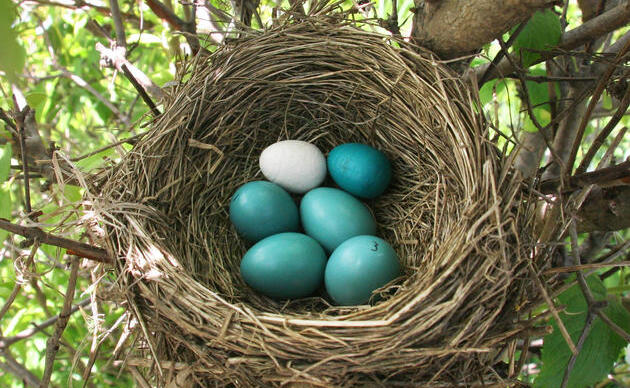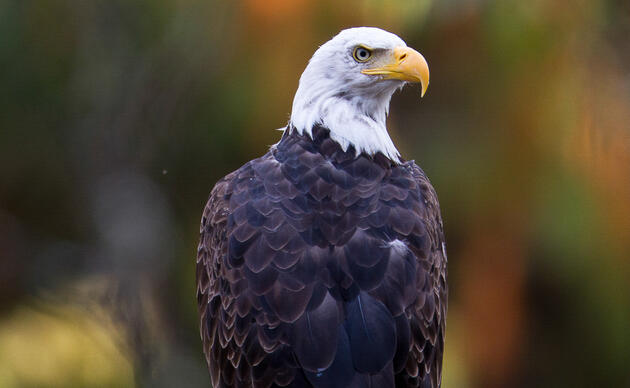Minnesota Marshbird Survey
“Secretive marshbirds such as rails, bitterns, coots, and grebes are among the most poorly monitored bird groups in North America.” – Mike Monfils, Midwest Coordinated Bird Monitoring Partnership
Many marsh-dwelling birds are difficult to survey, in large part because of their inconspicuous nature, and also due to the difficulty of accessing their habitats. Current avian surveys such as the Breeding Bird Survey and spring Waterfowl Surveys do not adequately monitor these species. Effective conservation planning and habitat management for marshbirds is limited by insufficient information regarding their abundance, distribution, population trends, habitat relationships, and management needs.
To address this information gap, monitoring programs specifically for marshbirds have been developed across the Midwest using standardized data collection protocols. Ohio, Wisconsin, Michigan, Missouri, Indiana and Illinois have all conducted statewide marshbird surveys, and now Minnesota joins the effort.
Read results from the 2016 Marshbird Survey.
For more information, call 651-739-9332 x116.
GOALS:
The overall goal of the Minnesota Marshbird Survey is to create ongoing, long-term marshbird monitoring for the state of Minnesota. This will provide natural resource managers information they need to effectively manage these secretive birds and their wetland habitats. Our long-term conservation goals are:
- To implement a standardized protocol for marshbird surveys statewide.
- To estimate population status and trends of marshbirds.
- To better inform management of wetland and marsh habitats.
- To better inform harvest regulations of game species.
- To provide a baseline for pre- and post-management activities in degraded wetland habitats.
Field surveys were done in the spring of 2016, 2017 and 2018 on a set of predetermined, randomly distributed wetlands statewide. The sites were carefully selected by a rigorous sampling framework to ensure that survey results may be extrapolated to statewide or regional trends. A team of field technicians and volunteer surveyors used a call-playback method designed to maximize the detection of secretive marshbirds. Using a series of silent periods and periods during which the calls of each species are broadcast across the wetland, surveyors recorded the species they detect.
In Minnesota, the survey focused on six focal species: American Bittern, Least Bittern, Pied-billed Grebe, Sora, Virginia Rail, and Yellow Rail. Data was also collected on a set of secondary species. See a full list of species here.
Funding for this project is provided by the Minnesota Environment and Natural Resources Trust Fund as recommended by the Legislative-Citizen Commission on Minnesota Resources (LCCMR) and a partnership of bird conservation organizations.



